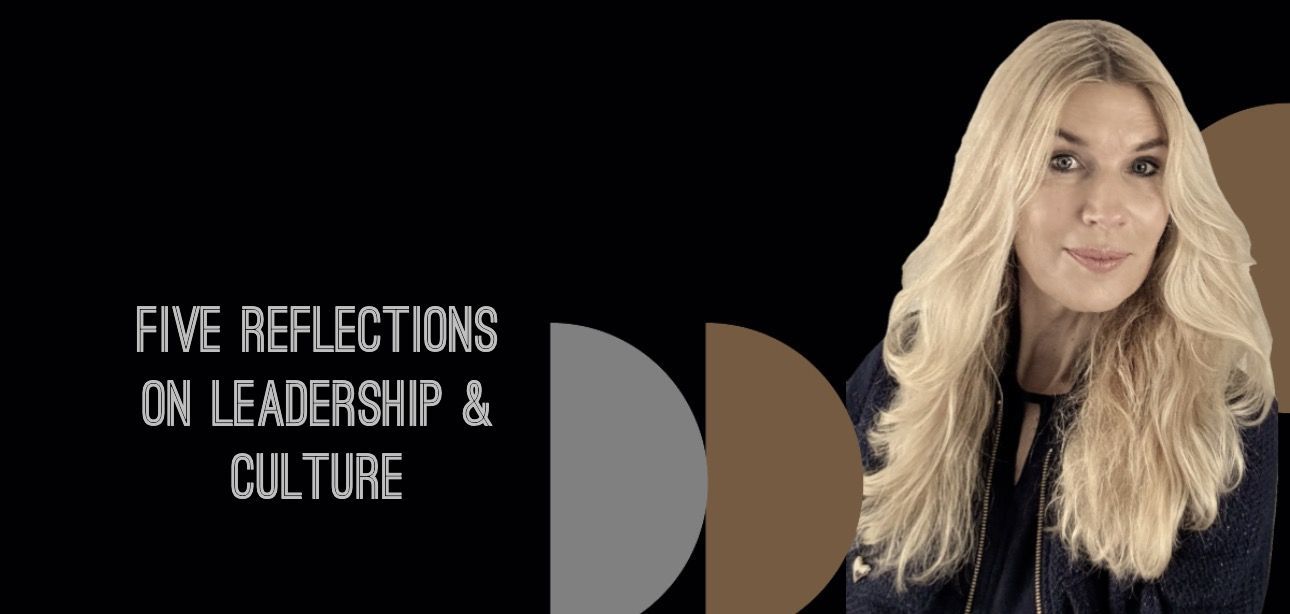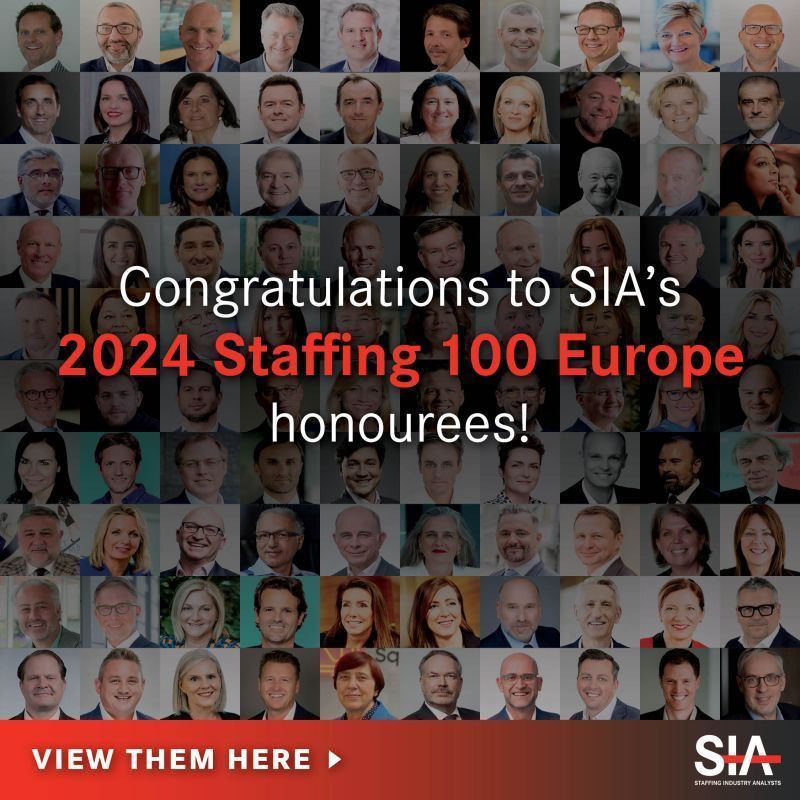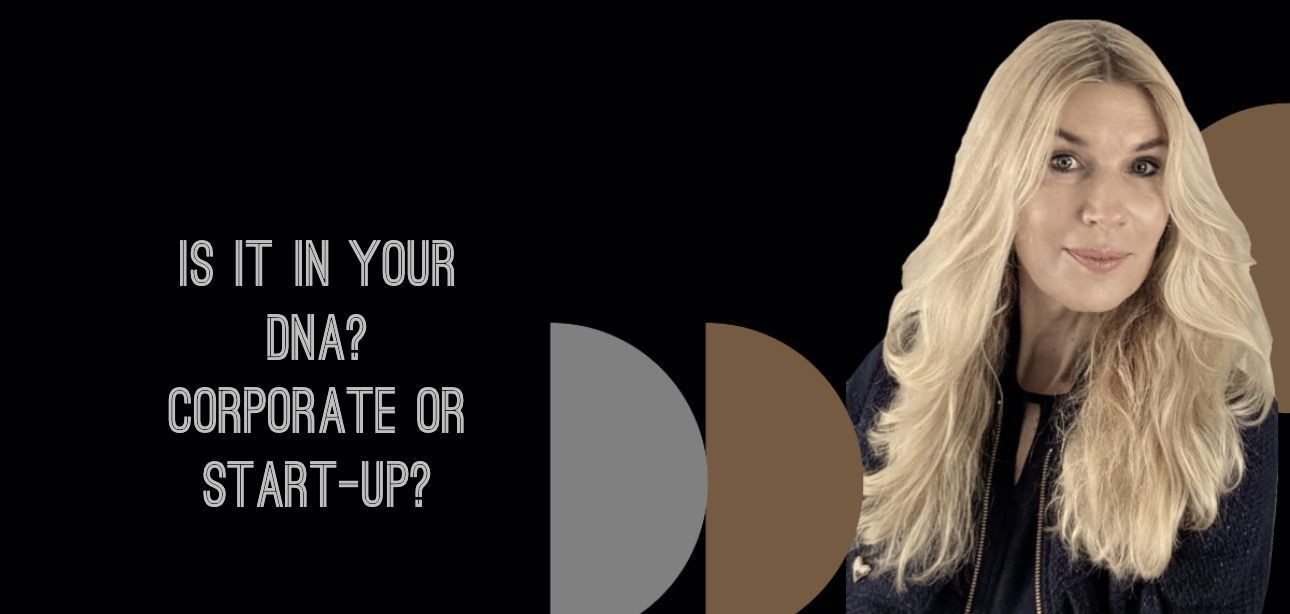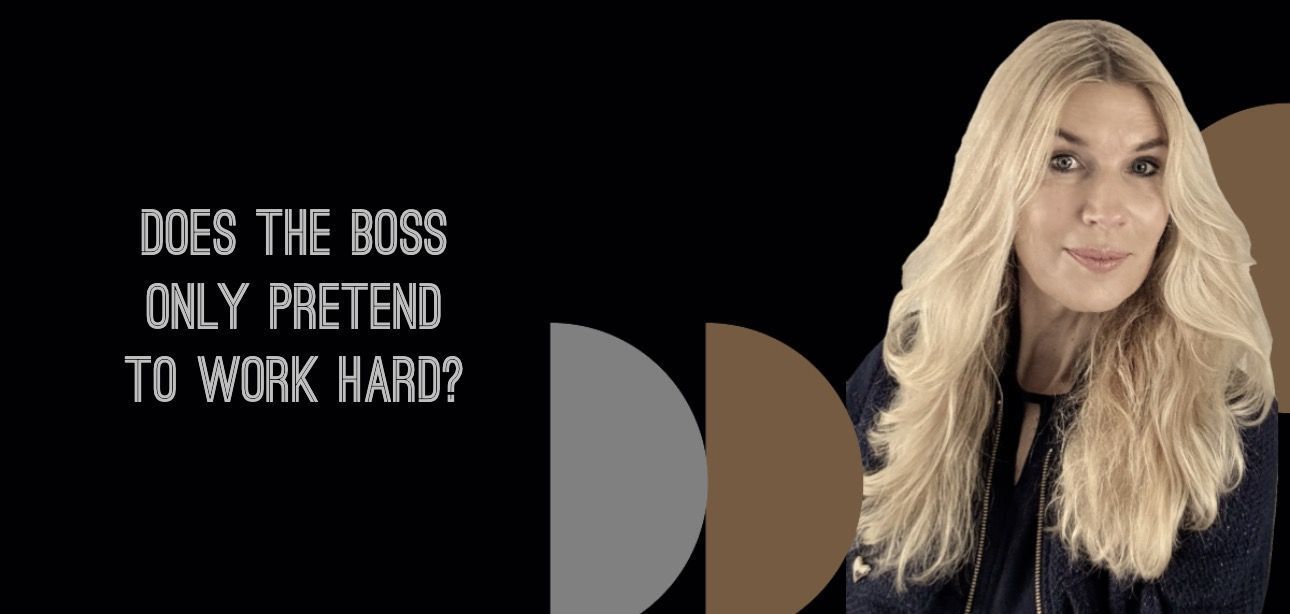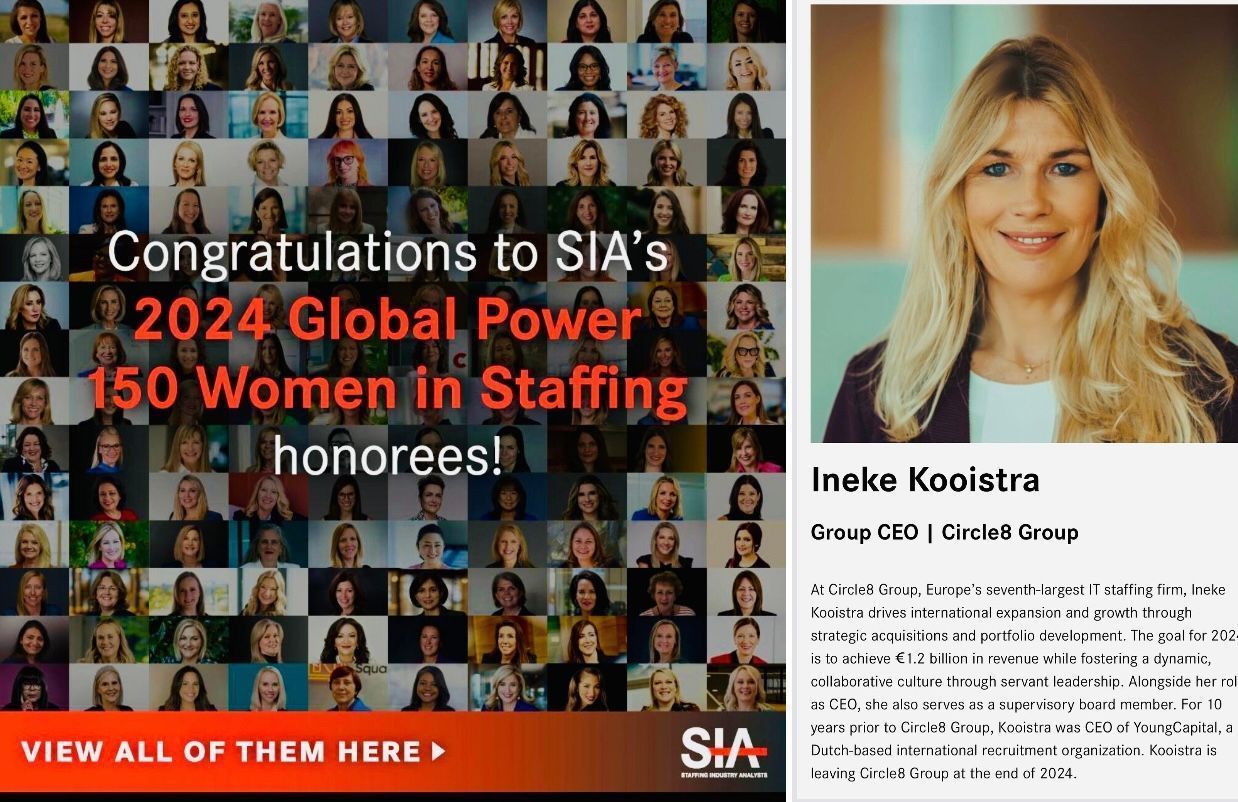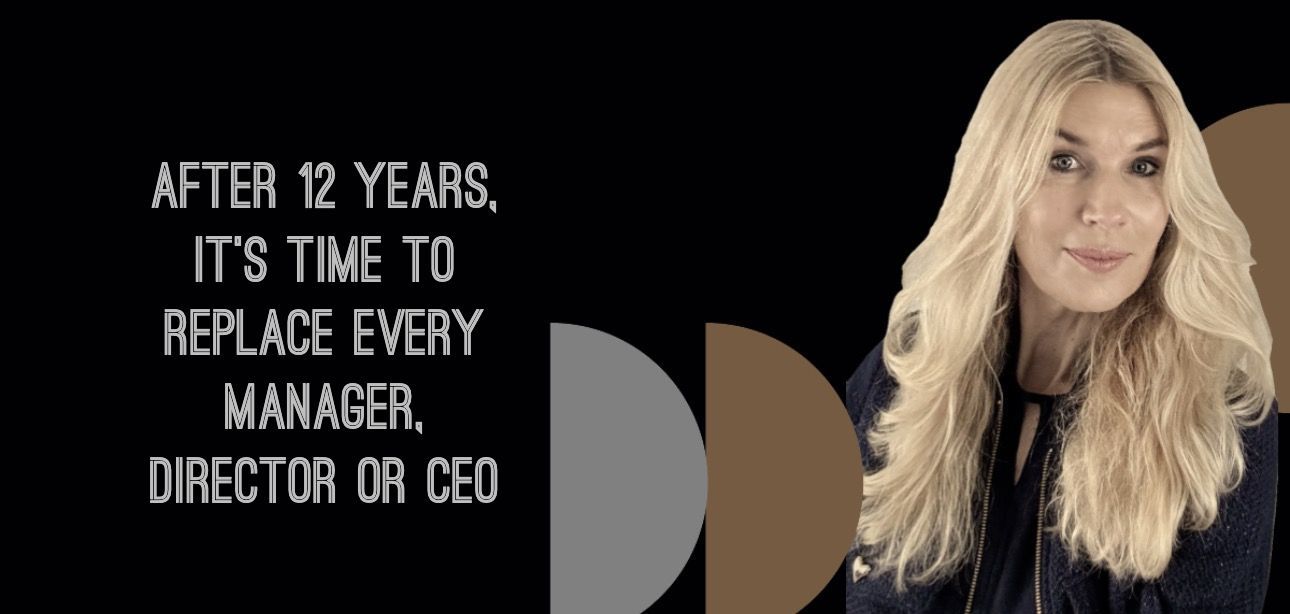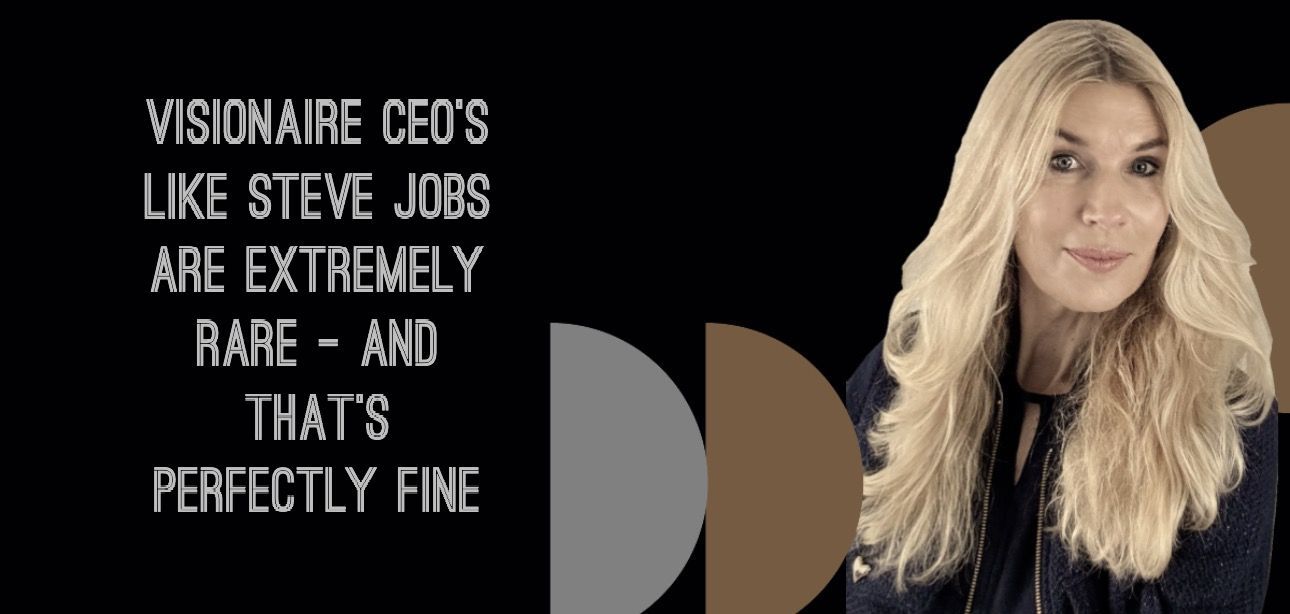
The Hidden Cost of Cheap Flexible Labor: '2025 Could Be a Turning Point'
Culture isn’t just a side note; it’s the cornerstone of your organization’s success. Over the years, I’ve written extensively on this topic. Culture determines whether your people stay, grow, and shine—or leave disillusioned.
A strong culture attracts talent, while a toxic culture guarantees failure. Leadership bears responsibility here. If you don’t set the right example, you’re building on quicksand—and we all know how that ends.
Examining Customer Relationships
There’s another type of culture at play: the culture you build in your relationships with customers. Take care of your people, and they’ll take care of your customers. But what happens when customers don’t treat you well in return?
This is a pressing issue in the flexible labor industry. Margins are under intense pressure, and the cost of flexible labor has risen significantly due to government policies. Efforts are being made to make flexible work less attractive, yet we know it remains immensely popular among workers themselves. Especially in the Netherlands, flexible work often serves as a stepping stone to permanent positions, providing vital opportunities for those eager to join the workforce.
Flex as an Engine for Growth
What many companies fail to realize is that flexible labor can be a powerful engine for growth and development. Staffing and recruitment organizations are increasingly focusing on development programs combined with on-the-job learning.
This combination offers a unique opportunity to reduce labor market mismatches and better prepare workers for the future. In an article for Het Financieele Dagblad (FD), I argued that flexible labor not only provides freedom for workers but also contributes to the success of organizations that recognize its value.
Structural Shortages Demand a New Approach
We’re in an era of structural labor shortages. Recent figures show that there are still 44 vacancies per 1,000 jobs in the Netherlands, with extremes in sectors like construction where tension remains sky-high.
Finding and retaining talent is already challenging. People are not commodities to be procured at the lowest price. The notion that you can buy “volume labor” at bargain rates is not just outdated—it’s destructive.
If this continues, I predict a major turning point in 2025. Agencies will start choosing their clients, and companies will face stagnation because they can no longer find suppliers.
The Real Problem: Losing Money on Clients
What many businesses don’t realize is that flexible labor providers often lose money on clients—not because they’re doing a poor job, but because they go to great lengths to honor their commitments. They overdeliver, often at the expense of their own margins.
This isn’t a plea for pity for staffing or recruitment agencies; far from it. The real issue is this: these agencies, with their knowledge, experience, and capabilities, could do so much more for candidates if given a little breathing room. There’s vast potential to address labor market mismatches more effectively.
Mutual Respect as the Key to Success
Healthy collaboration requires mutual respect. Beyond procurement departments, HR, operations, and executive leadership should have a seat at the pricing table. In the end, a strong partnership benefits not just agencies but candidates and the long-term success of your organization.
My call to action is simple: look beyond spreadsheets and short-term discounts. Partnerships are about building, not breaking down. Only together can we ensure that, even in a tight labor market, we place the right people in the right roles.
Delen
Ineke Kooistra Blog & Articles
